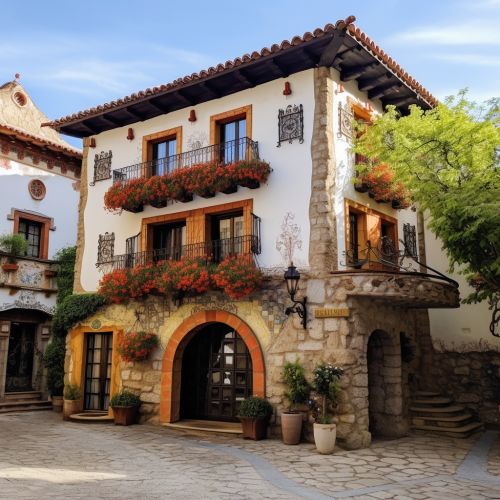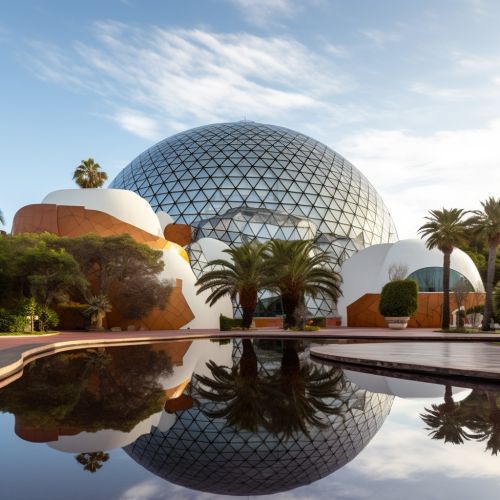Salvador dali
Early Life
Salvador Domingo Felipe Jacinto Dalí i Domènech was born on May 11, 1904, in the town of Figueres, Catalonia, Spain. His father, Salvador Dalí y Cusi, was a middle-class lawyer and notary, an occupation that provided a comfortable lifestyle for the family. His mother, Felipa Domenech Ferrés, was a nurturing influence, encouraging her son's artistic endeavors from an early age. Dalí had an older brother, also named Salvador, who tragically died nine months before Dalí was born. This event had a profound impact on the young artist, who later said his brother was a significant influence on his work, often seeing himself as a reflection of his deceased sibling.


Education and Early Artistic Development
Dalí's formal education began at the Hispano-French School of the Immaculate Conception in Figueres, where he studied drawing and displayed a precocious talent. In 1922, he moved to Madrid and enrolled at the Real Academia de Bellas Artes de San Fernando, one of Spain's premier art schools. Here, he experimented with various art styles, including Impressionism and Pointillism, and began to develop his own unique style. He was expelled from the academy in 1926, shortly before his final exams, for declaring that no one on the faculty was competent enough to examine him, a testament to his rebellious and confident nature.
Emergence into Surrealism
Dalí's first exposure to Surrealism was in 1929, when he met the French surrealists led by André Breton. His work quickly became synonymous with the movement, combining bizarre dreamlike images with excellent draftsmanship and painterly skills influenced by the Renaissance masters. His best-known work, The Persistence of Memory, was completed in 1931. This painting, featuring melting clocks in a barren landscape, is considered a masterpiece of the Surrealist movement and a testament to Dalí's imaginative prowess.


Later Life and Death
Dalí spent the later part of his life in his beloved Catalonia, where he continued to paint and contribute to the art world. In 1982, following the death of his wife and muse Gala, Dalí's health began to decline. He died of heart failure on January 23, 1989, at the age of 84, leaving behind a legacy of innovative and thought-provoking artwork.
Legacy
Dalí's work continues to be celebrated for its visual inventiveness and technical virtuosity, and he remains one of the most famous figures in the history of art. His contributions to Surrealism and his public persona have had a lasting impact on the art world and popular culture. His unique style, characterized by grandiose and bizarre images, continues to inspire and influence artists today.


